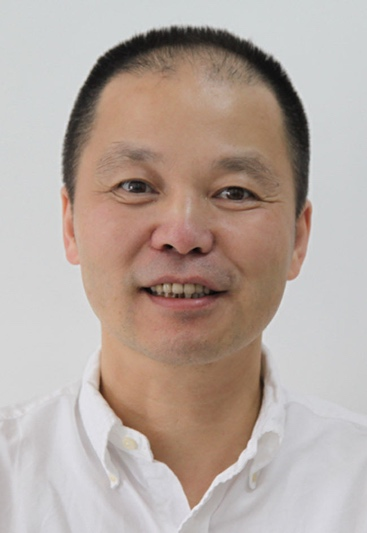报告题目:Studies on Superconductivity
报告人:林海青(中国科学院院士、浙江大学物理学院院长)
时间:11月16日(星期日) 9:00
地点:理学院1-401
报告人简介:

林海青,中国科学院院士、浙江大学物理学院院长,讲座教授。1978年3月进中国科学技术大学,1981年8月通过李政道先生主办的“中国-美国联合招考物理研究生项目(CUSPEA)”赴美深造,获爱荷华州立大学物理学硕士学位(1983)、加州大学圣地亚哥分校物理学博士学位(1987)。之后在Brookhaven National Lab(1987-1989), Los Alamos National Lab(1989-1991), UIUC物理系(1991-1995),和香港中文大学物理系工作(1995-2012)。曾任香港中文大学物理系主任、香港物理学会会长、国际纯粹与应用物理学联合会 (IUPAP) 计算物理专业委员会主席。2009年受聘中国工程物理研究院,创建北京计算科学研究中心,任主任和讲座教授。2022年3月任浙江大学讲座教授和物理学院院长。主要从事凝聚态物性理论和相关的计算物理研究,在凝聚态量子多体理论、计算方法、量子相变和纠缠以及纳米颗粒表面等离激元的理论研究方面做出一些贡献。2003年当选美国物理学会会士,“表彰他在开发和应用量子多体系统计算方法方面的贡献”。2019年当选为中国科学院院士。
报告内容:
In this talk, I report our research on superconductivity, especially our efforts on understanding the mechanism of high-temperature superconductivity in organic superconductors and cuprates. For organic superconductors, we carried out an extensive numerical study on the polycyclic aromatic hydrocarbon (PAH) superconductors, starting from C6H6 (single benzene ring) to C30H18 (seven benzene rings), and we predict the existence of a unique superconducting phase in aromatic hydrocarbons. Such phase came is electron-phonon originated with Tc in the range of 5-7K. To accommodate experimental findings and expectation for higher Tc, we argue that the electronic correlation should play an important role. We further show cases where one may achieve superconductivity in liquid nitrogen temperature zone at ambient pressure. We then report a universal relation between Tc and Coulomb interaction such as Hubbard U in cuprates. Mechanism behind the universal relation will be briefly discussed. For cuprates, we developed an extended interlayer coupling model for layered cuprate superconductors, adopting a widely accepted dispersion of electronic structure. We showed that the change of the maximum critical temperature Tc from homologous series to series is determined by the next-nearest-neighboring hopping, while the difference of the maximum Tc among the compounds in the same homologous series is controlled by the interlayer pairing strength. These trends have been proven to be valid when the model is extended to the phonon-mediated superconductivity.



